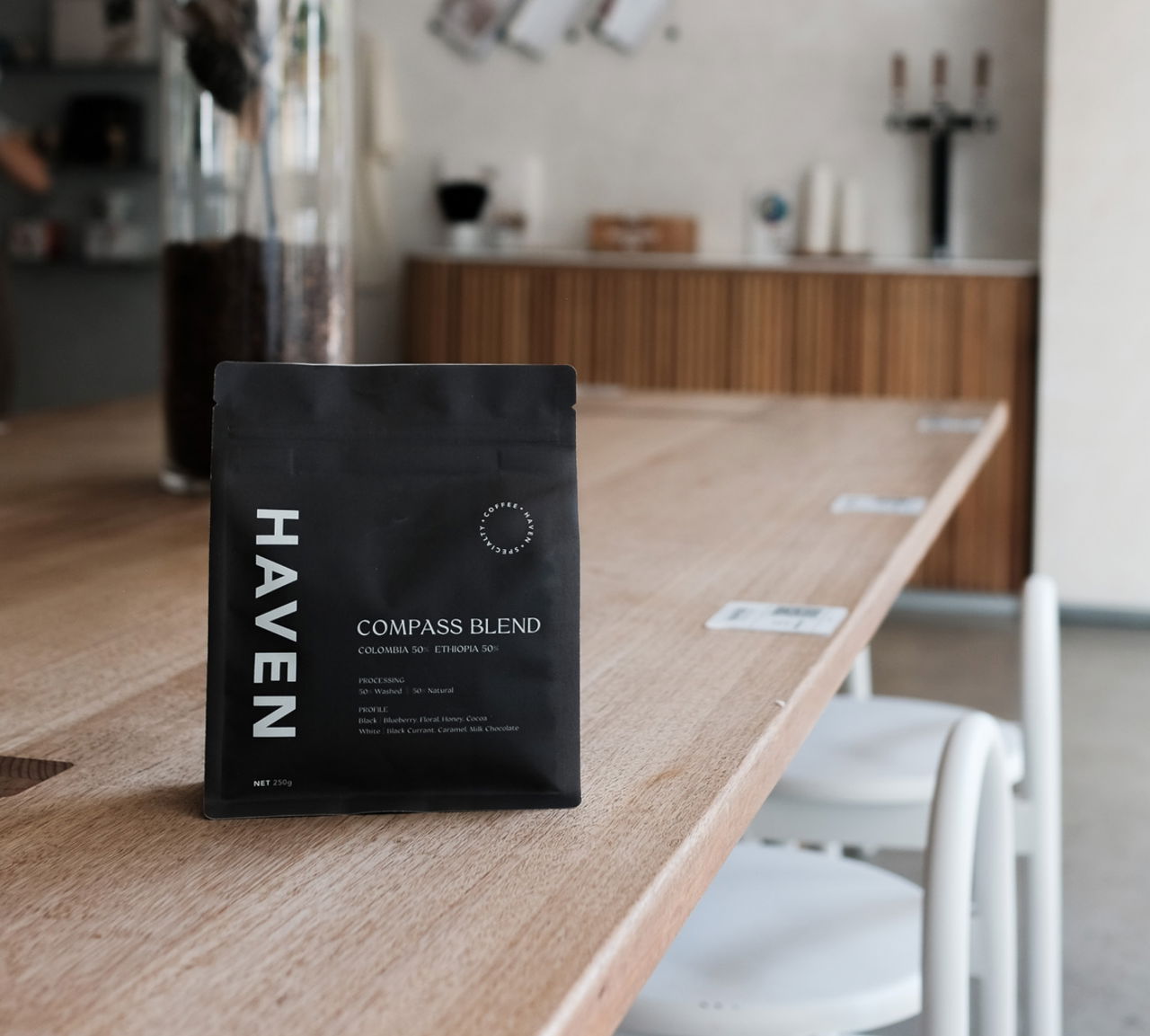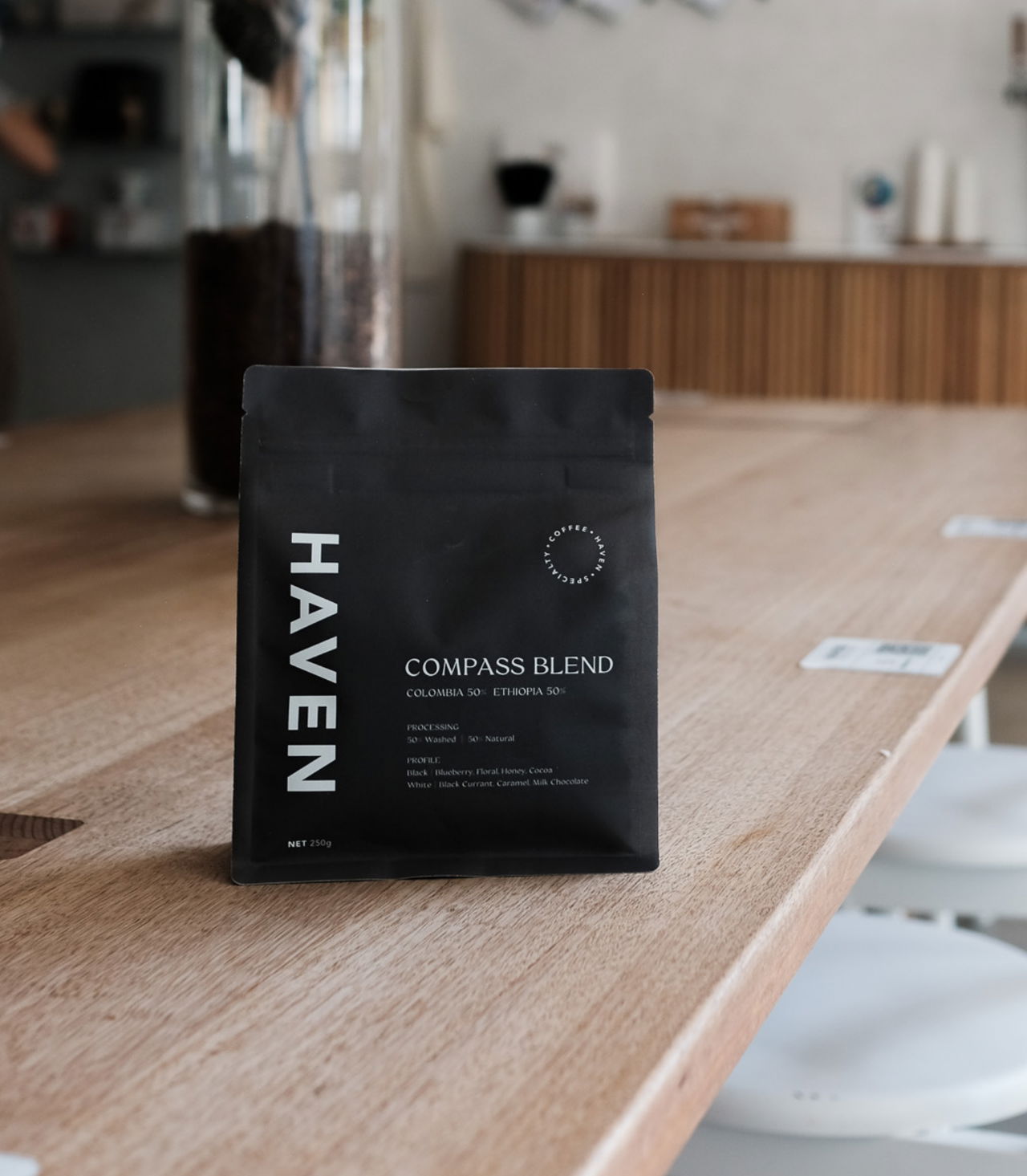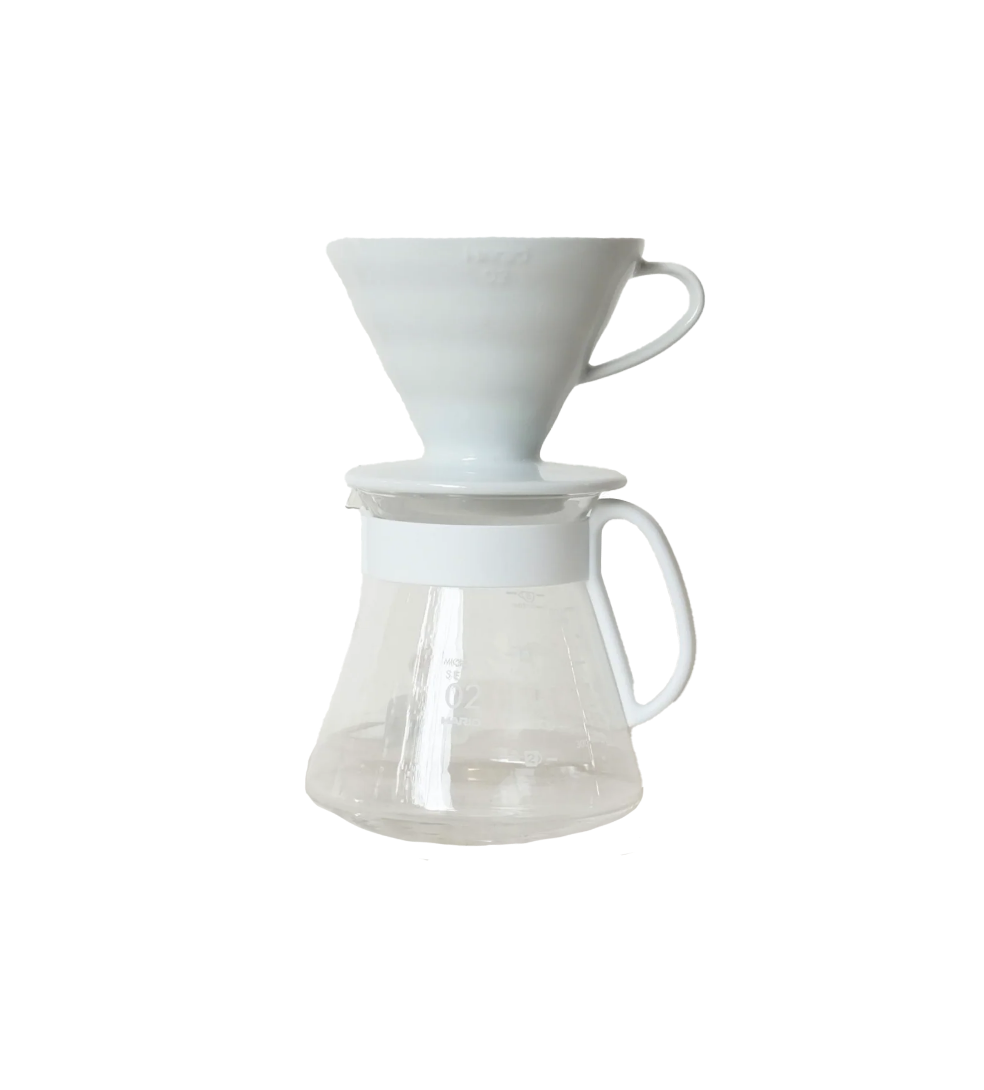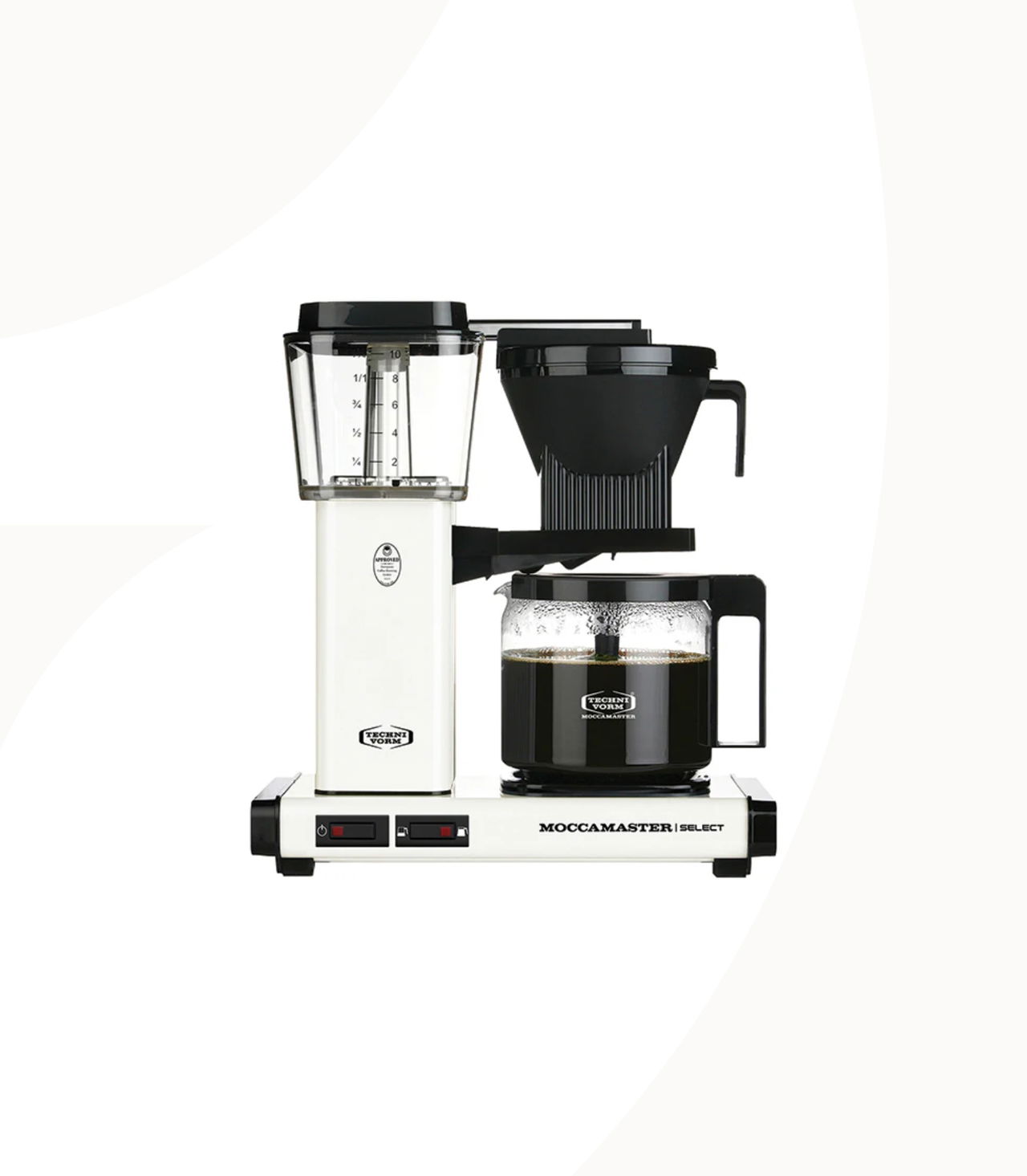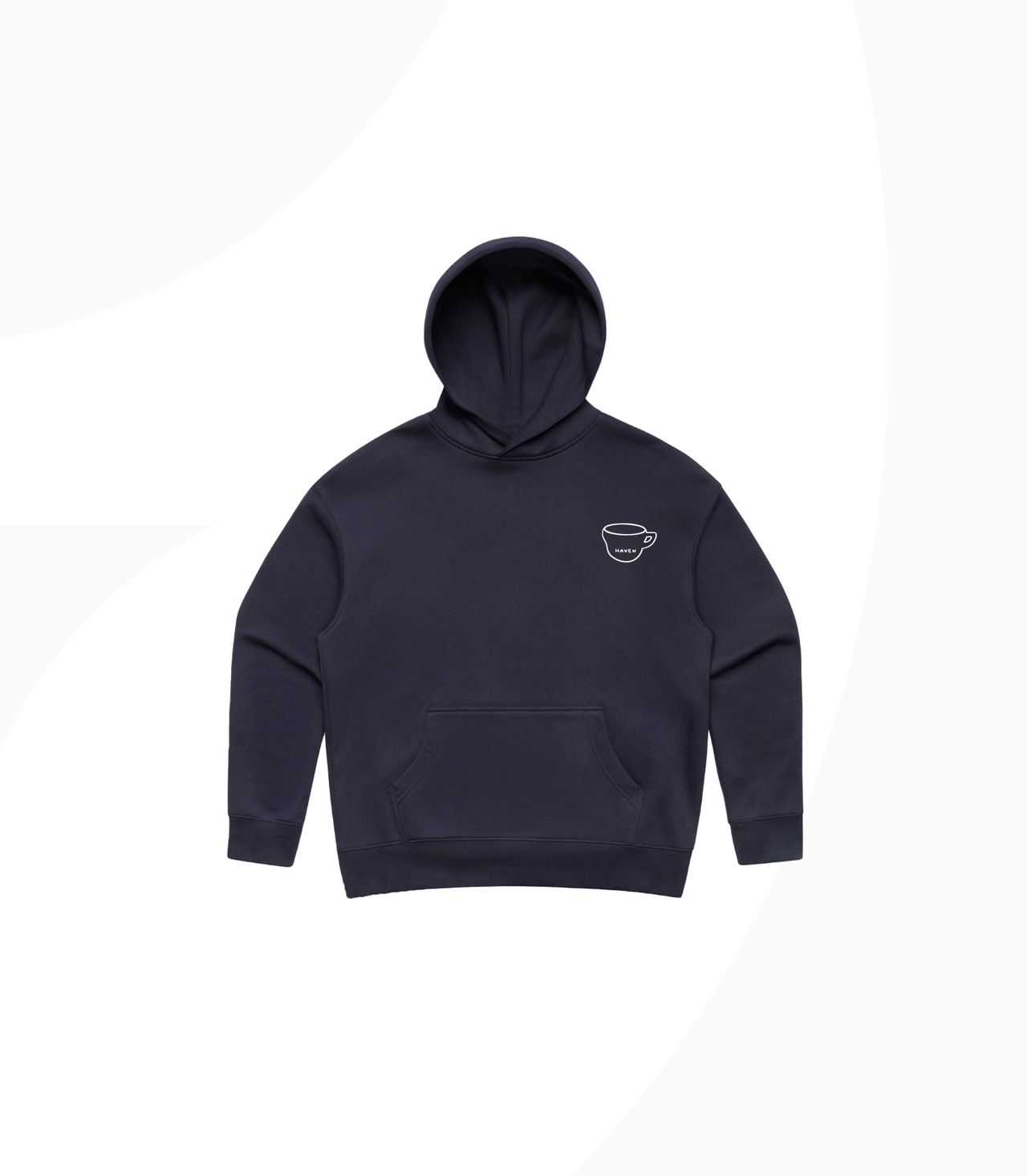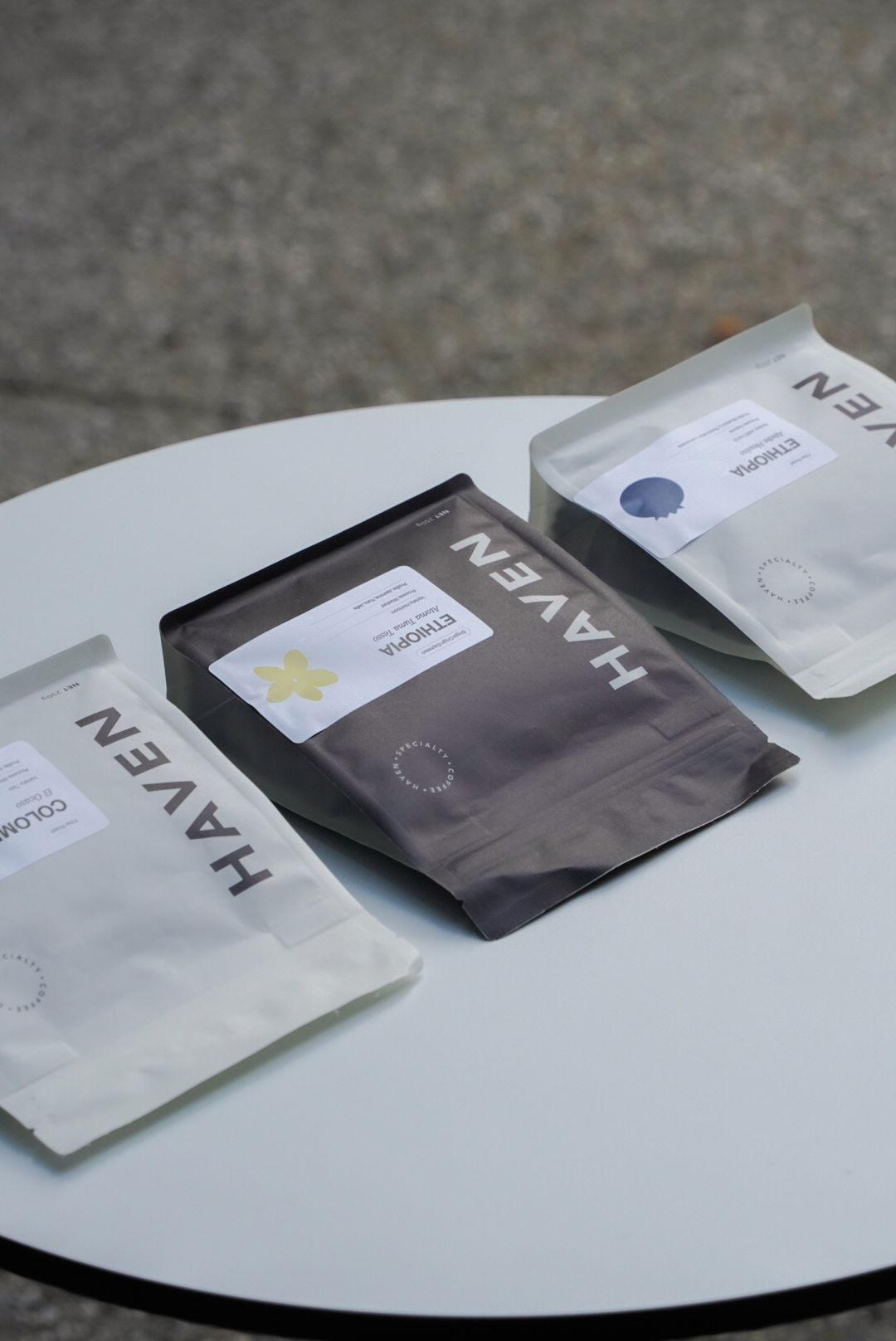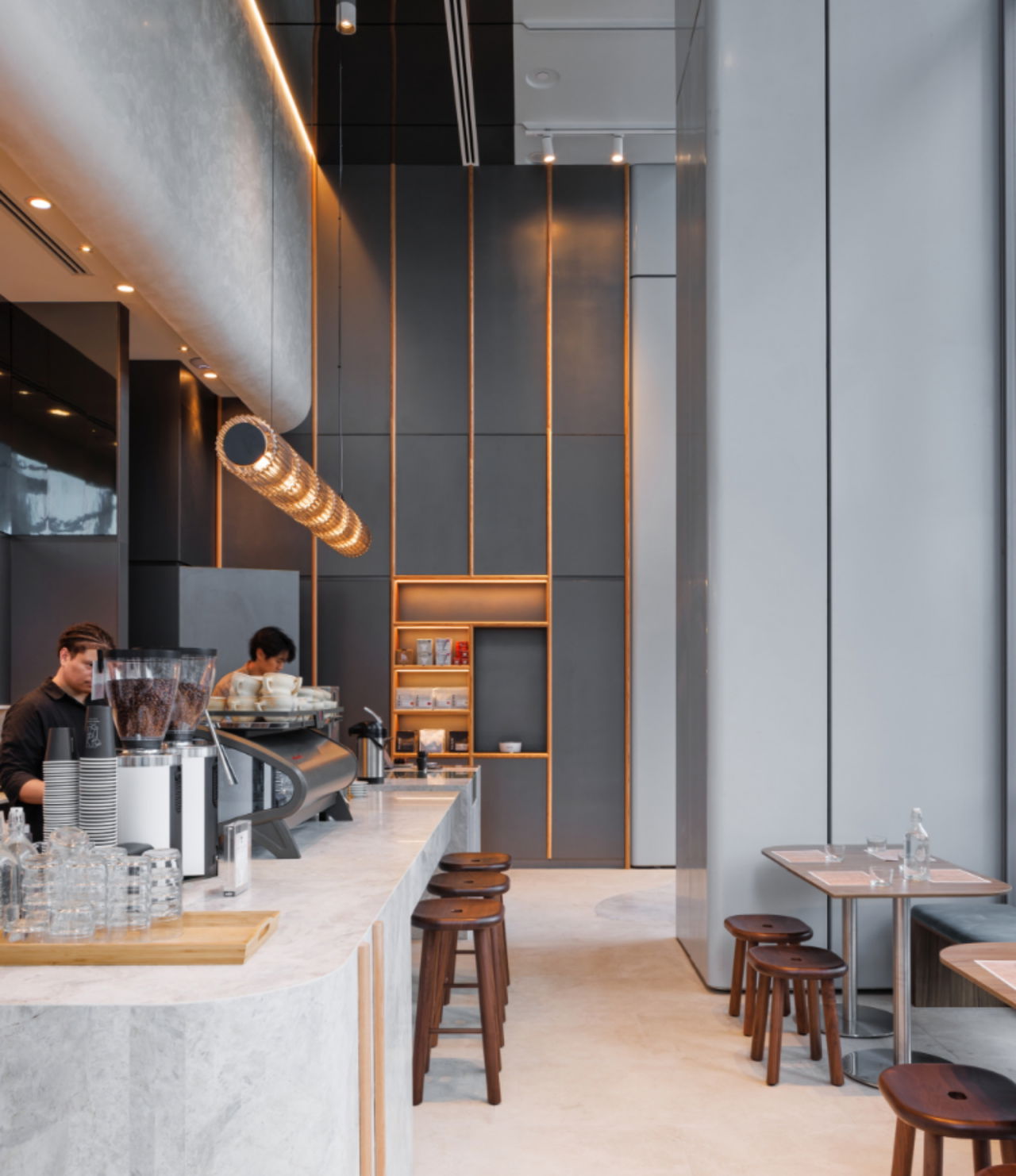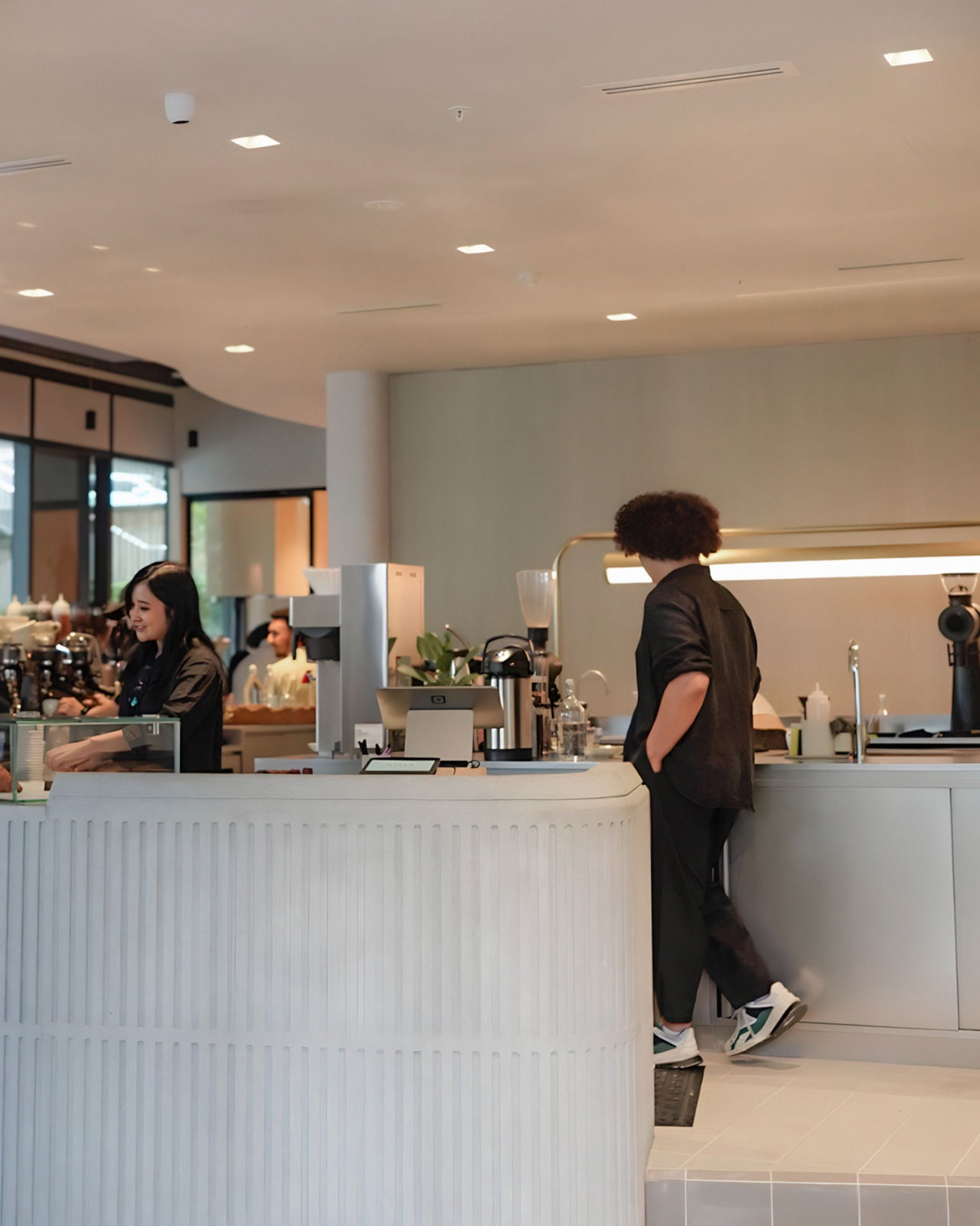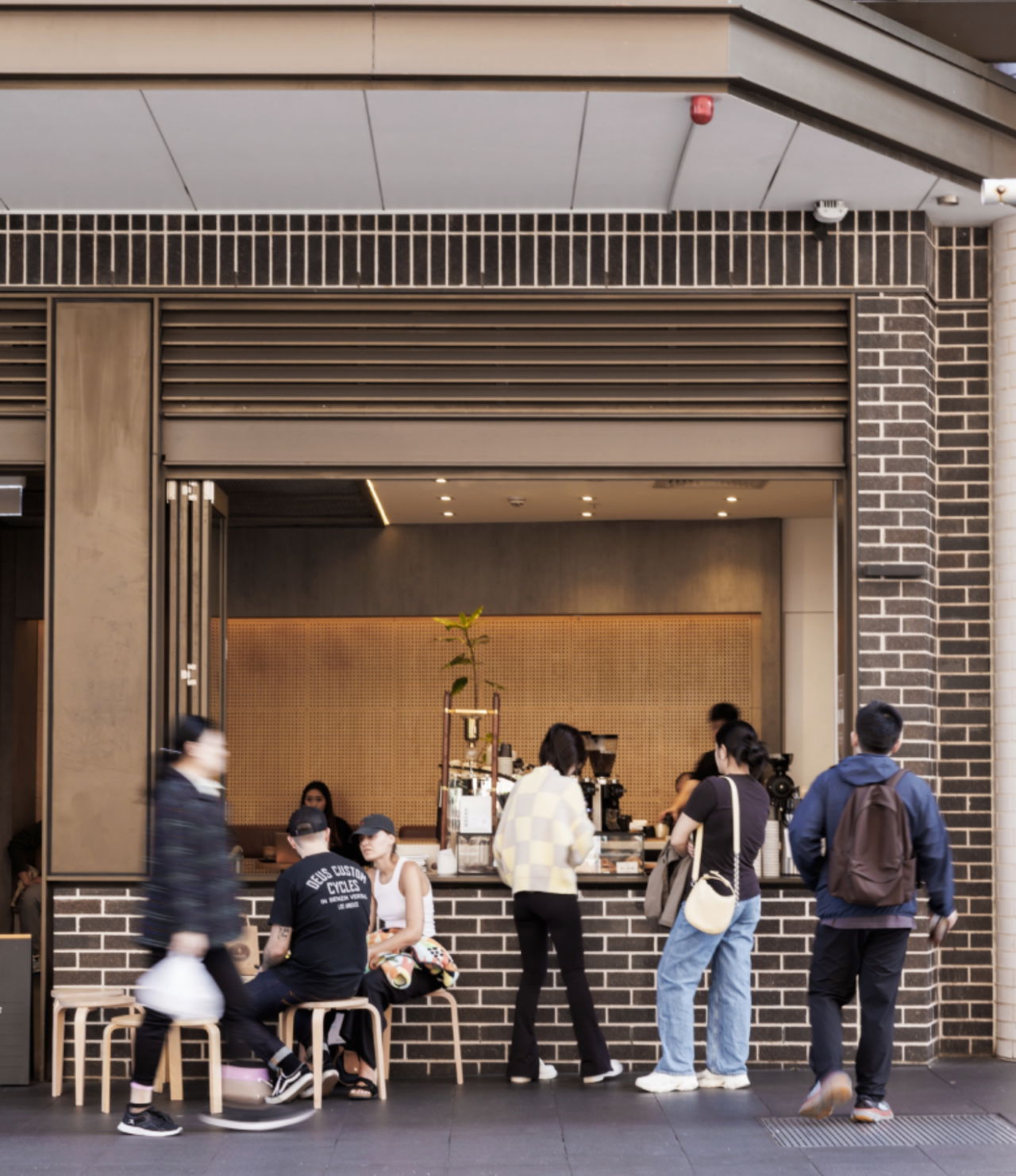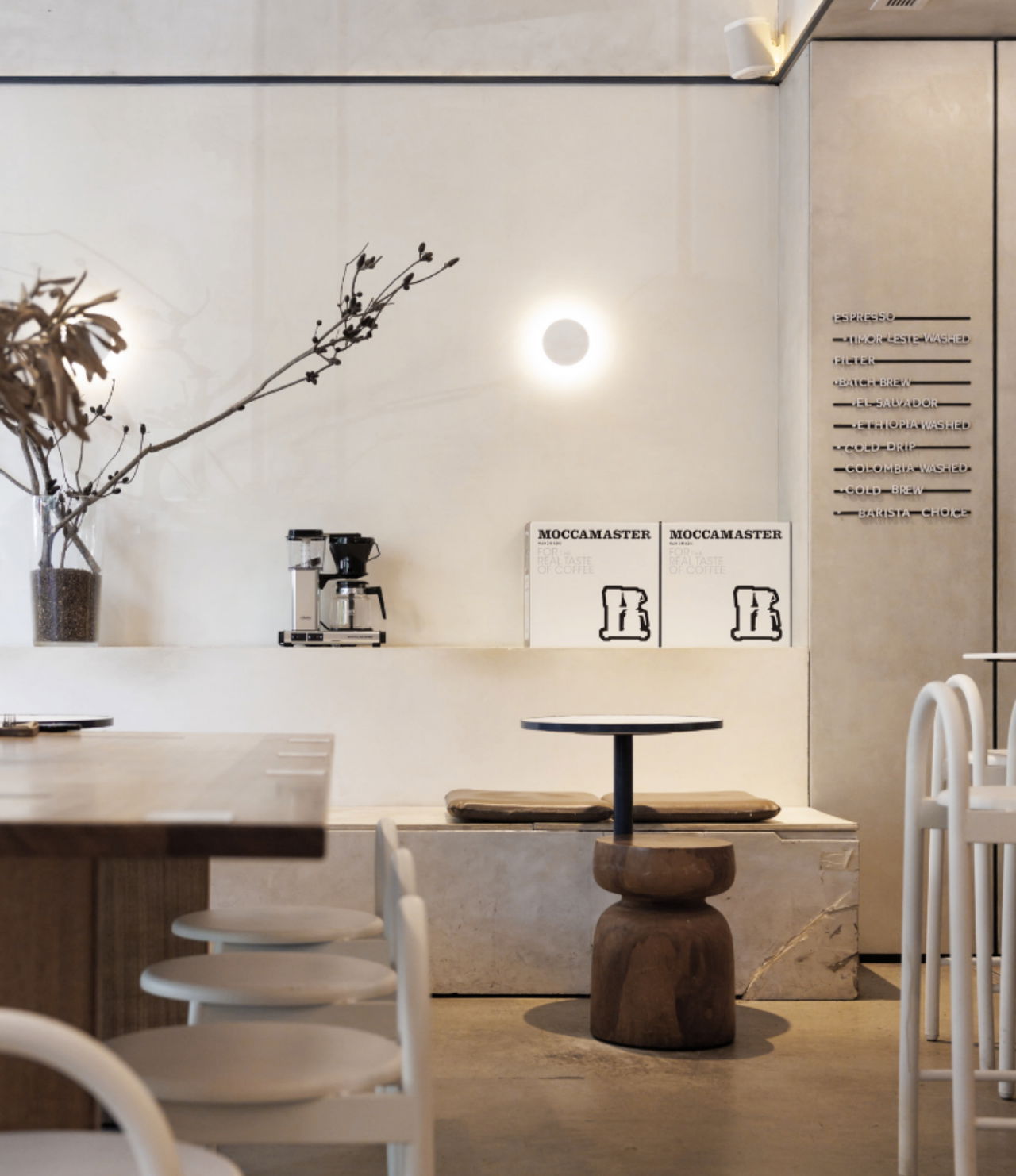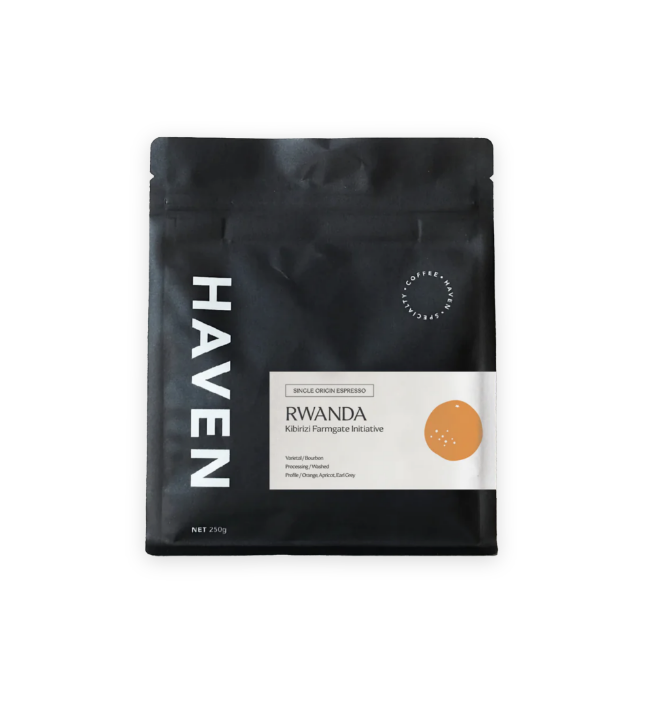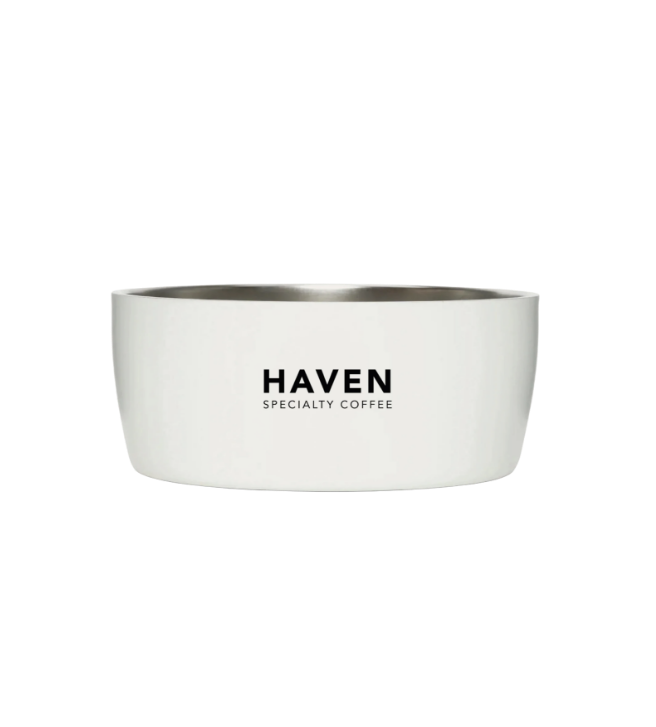You’ve picked up a bag of specialty coffee. The label says things like washed, SL28, Bourbon, 22g in, 44g out. Maybe there’s a name you don’t recognise, or tasting notes that sounds more like fruit salad than coffee. So… what does any of it actually mean?
We get it, coffee labels can be a little intimidating at first. But once you learn to read them, they become a helpful guide to the story behind the beans; and the best way to brew them!
In this post, we’ll break down the most common label terms using examples from our Haven coffee range. So next time you’re choosing a bag, you’ll feel confident and curious, not confused.
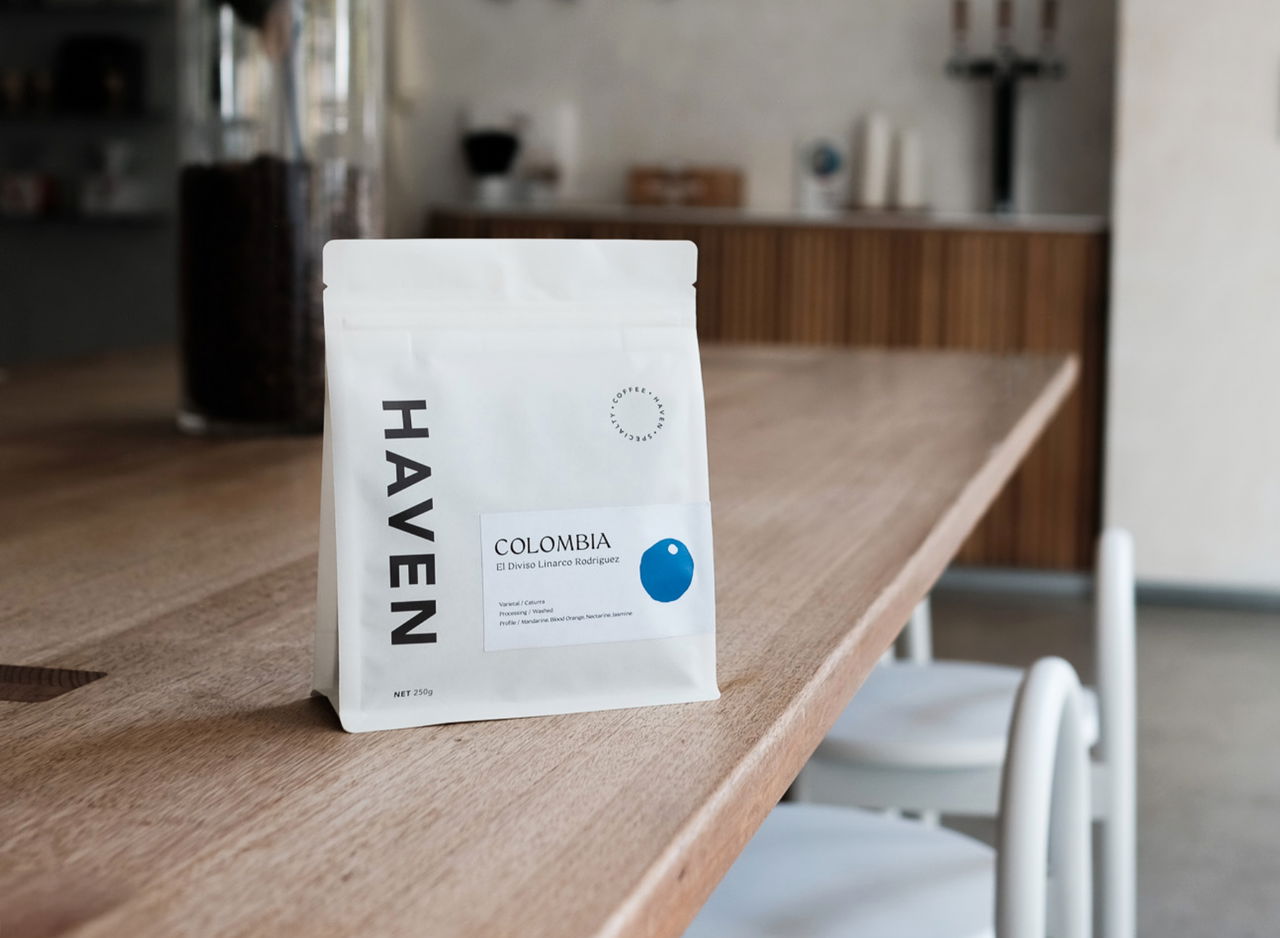
Recommended Products
Filter Roast vs Espresso Roast (Not Light vs Dark)
At Haven, we don’t label our coffees by light, medium, or dark roast. Why? Because those terms can be vague, and they often don’t reflect how the coffee is meant to be brewed.
Instead, we use Filter Roast and Espresso Roast to guide you toward the best brewing method for that coffee:
Filter Roast (white bag): roasted to highlight brightness, clarity, and complexity as a filter coffee. Think pourover, Aeropress, batch brew, French press.
Espresso Roast (black bag): roasted for better solubility, body, and balance in espresso and milk-based drinks.


Origin
Origin refers to the country or region where the coffee was grown. Sometimes you’ll see the farm or farmer’s name too, as well as specific regions. Origin often plays a major role in flavour.
For example:
Coffees from Ethiopia are often floral and tea-like
Kenyan coffees are juicy and bright
Brazilian coffees tend to be nutty with chocolate notes
Additional notes: Kenyan coffee often uses the region and screen size grading. For example, our Kijani Kiboko AA Plus. “AA Plus” refers to the size of the green beans.
Variety
Just like wine grapes, coffee plants come in different varieties — and each has its own flavour potential!
Example:
Bourbon – Sweet, round, complex
SL28 & SL34 – Vibrant acidity, commonly found in Kenya
Ruiru 11 – A resilient Kenyan hybrid known for juicy and balanced profiles
Processing
After coffee cherries are picked, they need to be processed. Processing refers to the methods used to remove the fruit and dry the seeds. The processing method has a big impact on the final flavour and mouthfeel.
Traditional Processing Methods:
Washed – The coffee is dried with the fruit removed. Bright, clean, and transparent flavours. Great for highlighting acidity and clarity.
Natural – The coffee is dried with the fruit still on the seed. Fruity, bold, and often heavier-bodied.
Honey – Somewhere in between washed and natural. The skin of the fruit is removed, but not all of the sticky centre is washed off. Sweet, syrupy, and round.
“Experimental” Processing Methods:
These methods involve additional control of the fermentation of the coffee to achieve a desired result.
Anaerobic – Coffee is fermented in a sealed, oxygen-free environment. Often results in layered or funky flavours. This can be washed or natural.
Carbonic Maceration (CM) – Fermented in CO₂-filled tanks. Creates vibrant, complex profiles.
Methods like anaerobic and CM have become popular in the global specialty coffee scene due to their unexpected flavours. At Haven, we carefully select lots like these based on how they complement the coffee’s natural characteristics and the brew method we intend to use them for.
Flavour Notes
Flavour notes, tasting notes, profile — whatever you call them, these aren’t added flavours. There’s no blueberries in our blend, or oranges in Rwanda. They’re simply the natural flavours identified during cupping by the roasting team.
Compass Blend – Blueberry, Cocoa, Caramel
Rwanda – Orange, Apricot, Earl Grey
El Salvador – Grapefruit, Cherry, Brown Sugar
Kenya – Dried Plum, Nectarine, Blackcurrant
Ethiopia – Blueberry Jam, Mandarin, Jasmine
Altitude (MASL)
MASL = Metres Above Sea Level. This tells you how high or low the coffee was grown.
An altitude crash course:
Higher altitudes → Slower cherry development → More complexity
Lower altitudes → Lower acidity, more nutty and round profiles
While Haven doesn’t typically print altitude on the label, it’s something you’ll often see on other specialty coffee bags. This is not because we don’t think it’s important, but so you focus on the big picture of a coffee’s expected profile when you’re making those quick decisions in store. You will find this information and more on our website!
Brew Guides
We include a base brew guide on the back of each bag to help you get started at home:
Espresso Roast – Dose: 22g | Yield: 44g | Time: 27–30 sec | Ratio: 1:2
Filter Roast – Dose: 20g | Water: 300g | Temp: 93°C | Brew time: 2:00–2:30 | Ratio: 1:15
You can use these ratios and recipes as a guide. Check out our brew guide link for more!
Roast Date
Freshness matters! Freshness makes a huge difference in flavour. That’s why we include a roast date on our bags.
Most coffees are at their best 7–30 days post-roast
Too fresh = full of CO₂, which can negatively affect brewing and flavour
Too old = loss of aromatic compounds, leading to stale coffee
Always check the roast date before buying.
Final Thoughts: Understanding the Label = Brewing Better Coffee
Labels are designed to guide you, not confuse you. They’re there to help you choose a coffee that matches your brew method, your flavour preferences, and even your curiosity.
And if you're ever unsure? Ask us! Whether you’re exploring single origins or sticking with our house blend, we love helping people discover coffee that fits their taste.
Your next read: 👉 The In-Depth Guide to Choosing Between Blends and Single Origins

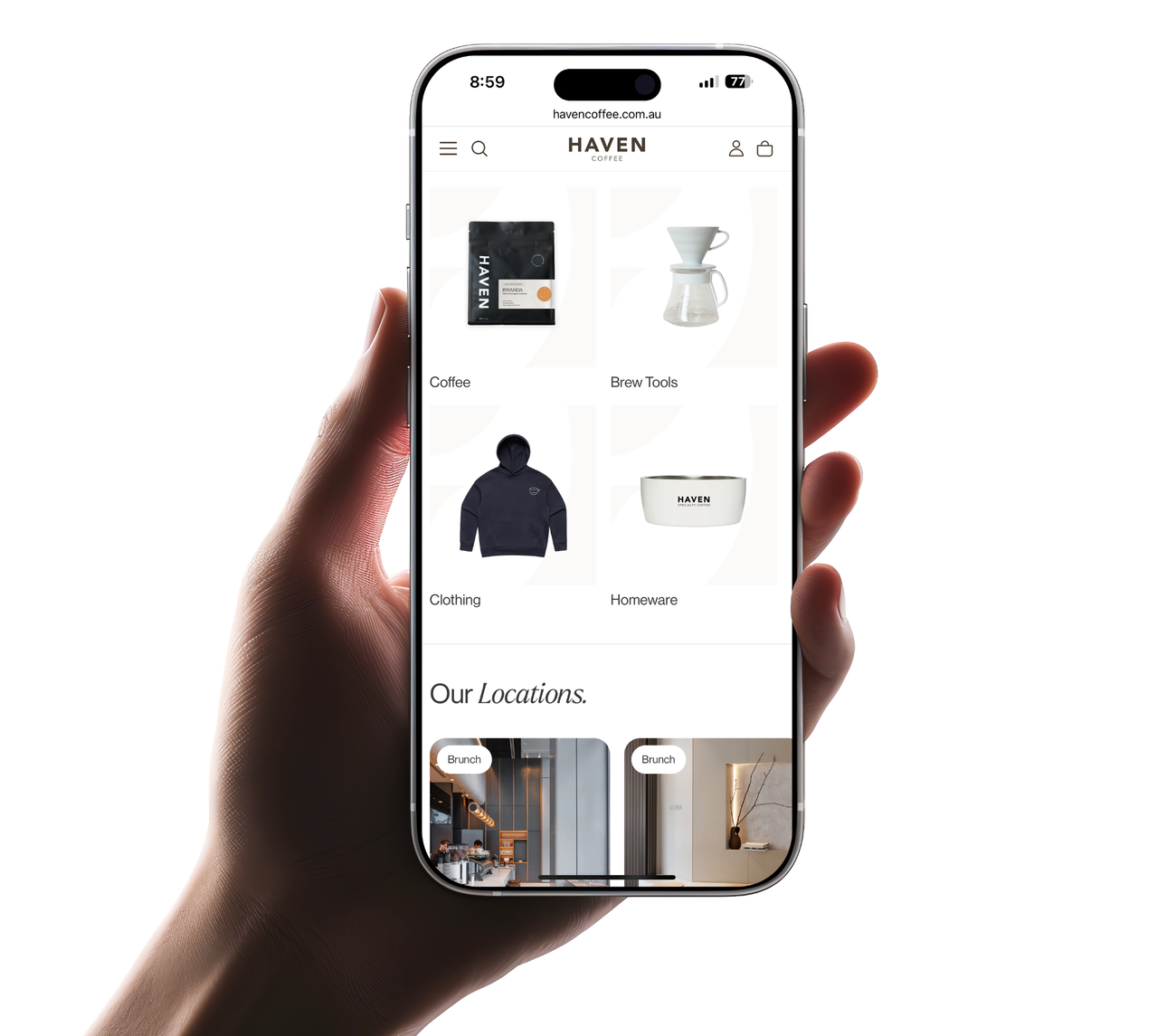
Need beans or gear?
We got you.
Drop into one of our cafes or explore our collection —we’re always here to help you brew better.
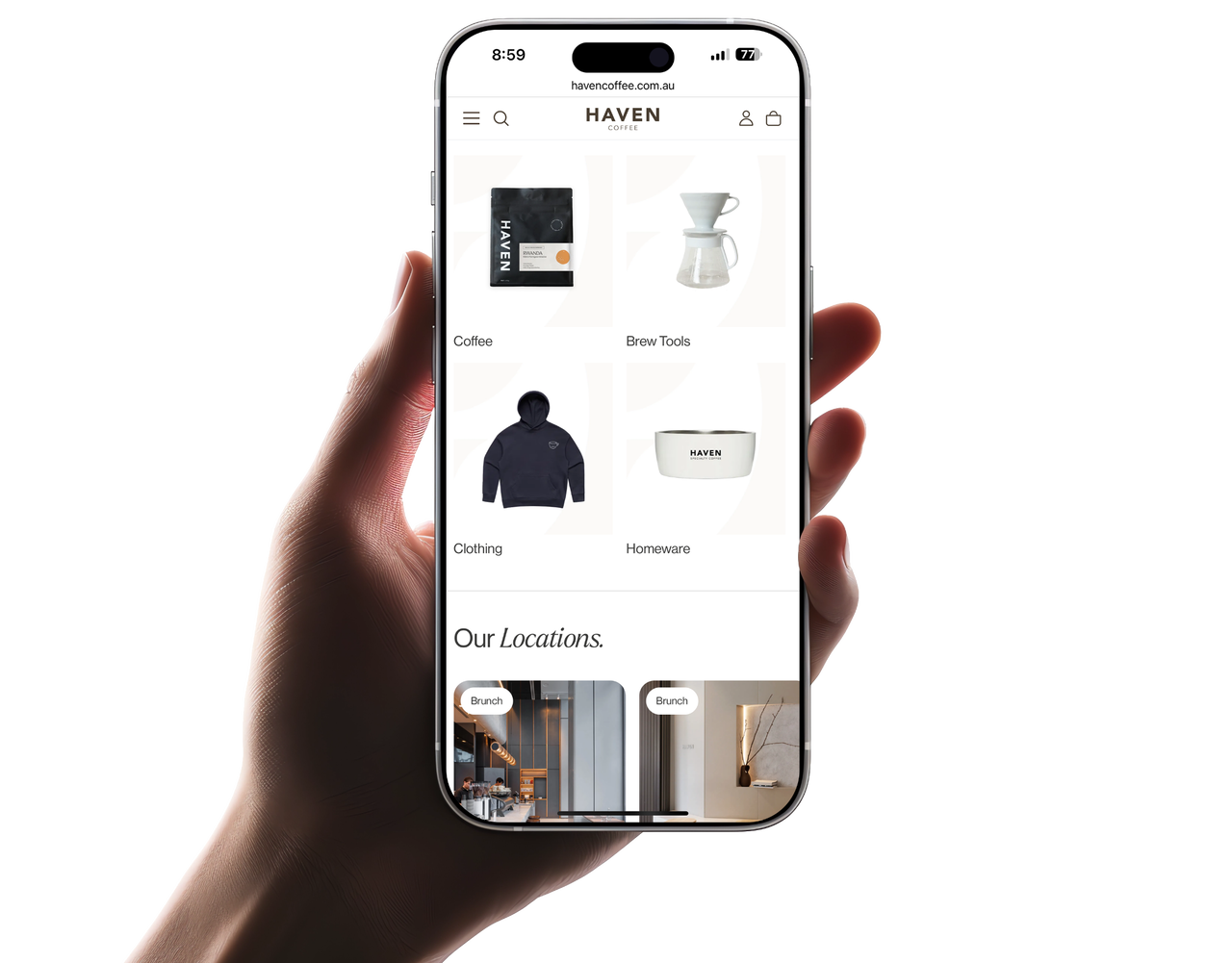
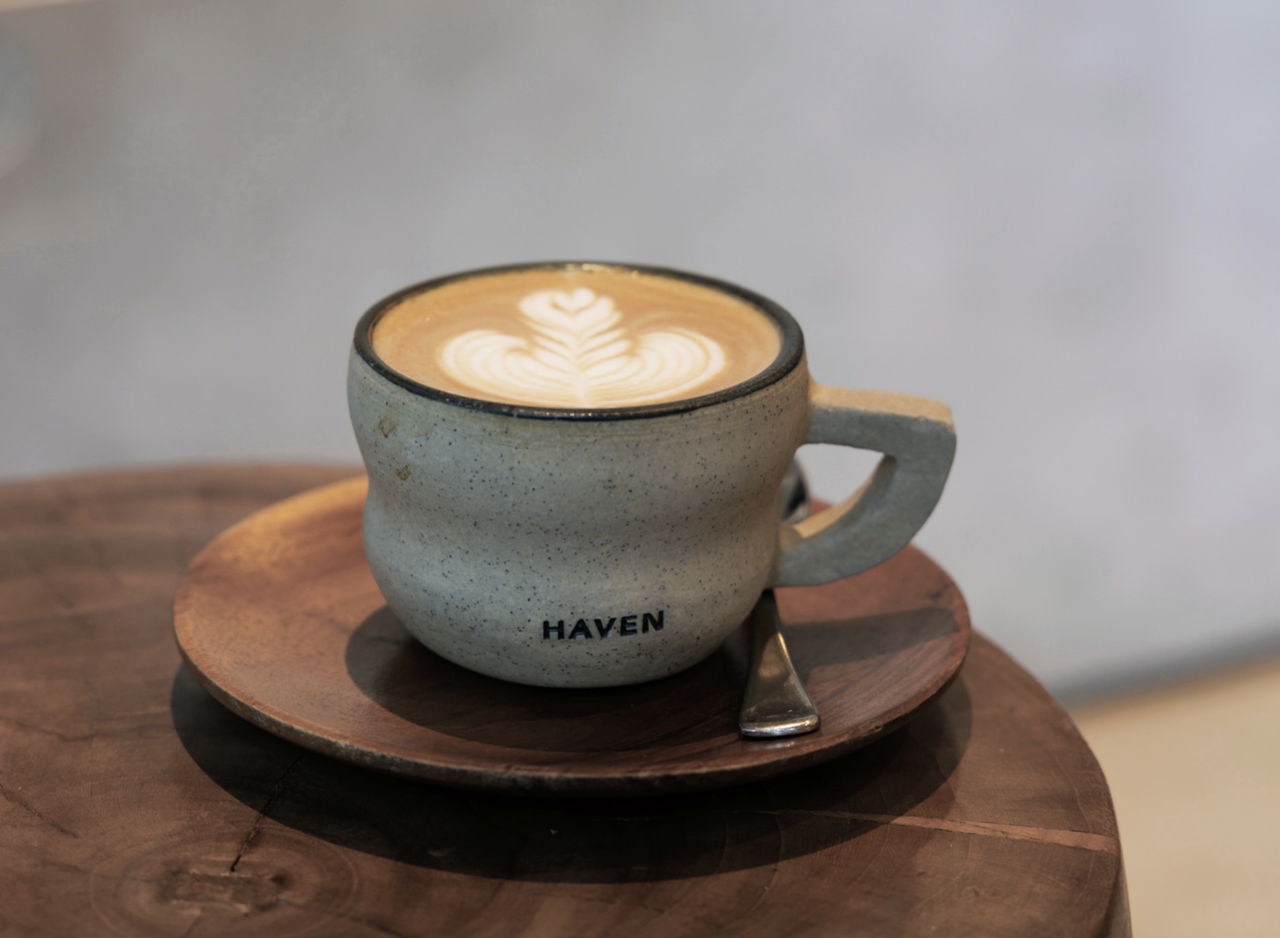
All Things Brewing
4 mins read
Home Coffee Brewing 101: What You Need to Know Before You Start
Brewing specialty coffee at home can be incredibly rewarding…

All Things Brewing
4 mins read
The In-Depth Guide to Choosing Between Coffee Blends and Single Origins
If you've ever stood in front of a shelf of specialty coffee bags wondering...

All Things Brewing
4 mins read
How Long Does Coffee Stay Fresh?
Freshness is one of the most important (and misunderstood) parts...
View All Articles
